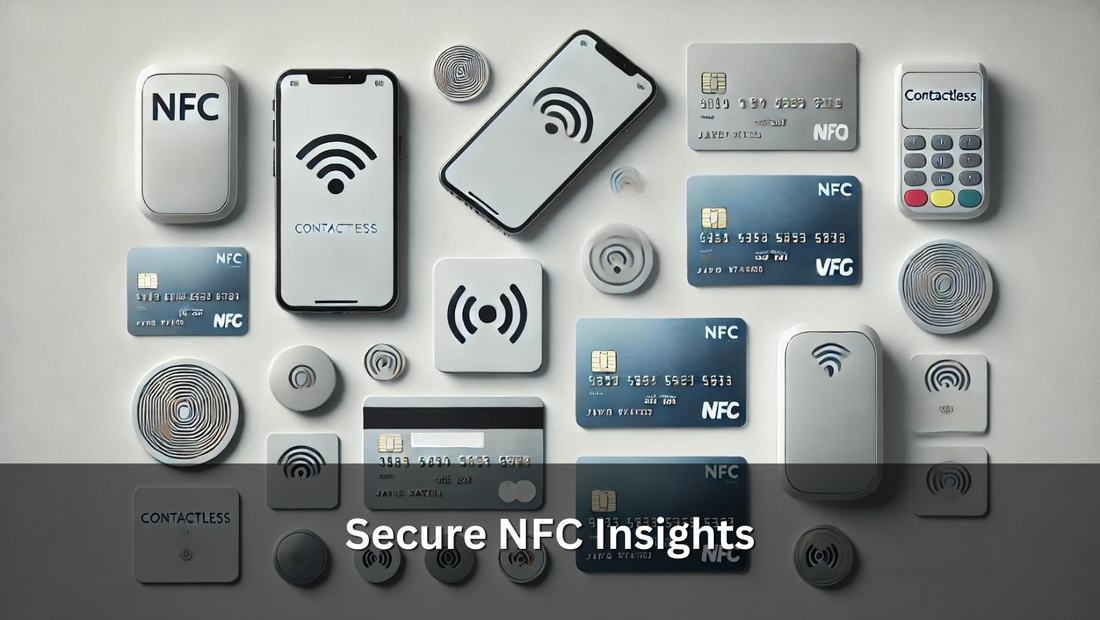Secure NFC Insights

Introduction to NFC Security
Near Field Communication (NFC) technology has become a ubiquitous feature in modern smartphones, enabling everything from contactless payments to data sharing with a simple tap. As NFC gains prevalence, understanding its security implications is crucial. This introductory section delves into the fundamentals of NFC, including how it operates within your device and its everyday applications. We will explore whether this convenient technology also ensures the safety of your personal data, setting the stage for a deeper examination of NFC’s security mechanisms and vulnerabilities in subsequent sections.
How Secure Is NFC in Your Smartphone?
NFC technology in smartphones is designed with several layers of security, primarily focusing on encryption and secure elements that store sensitive information like payment credentials securely. However, the security of NFC can vary based on the implementation by different manufacturers and the settings enabled by users. While NFC facilitates seamless communication over short distances, this convenience can potentially expose users to eavesdropping or data manipulation if not properly secured. In this section, we'll dissect the built-in security protocols of NFC, discuss common vulnerabilities, and provide tips on how you can enhance the security of your NFC-enabled devices.

The Role of NFC in Contactless Payments
NFC technology has revolutionized the way we make transactions by enabling contactless payments through smartphones. This feature allows users to tap their phones on a payment terminal, initiating a secure exchange of payment information. The process relies on NFC's ability to encrypt data during transmission, safeguarding your financial details against unauthorized access. However, the security of these transactions also depends on the protocols implemented by payment apps and the security measures taken by users. We'll explore how NFC in smartphones supports the secure, swift completion of transactions and what users can do to ensure their financial data remains protected.

Vulnerabilities When Reading NFC Tags
While NFC simplifies the interaction with a variety of tags and devices, it introduces potential security risks. A primary concern is the unauthorized creation and distribution of malicious NFC tags. These can be programmed to direct a smartphone to unsecure websites or download harmful software without the user's consent. Furthermore, because NFC does not require authentication for tag reading, it is susceptible to attacks like data interception and manipulation. This section discusses how users can accidentally compromise their device's security by interacting with compromised NFC tags and outlines preventive measures to mitigate such risks.

Ensuring Data Security on NFC Tags
Securing data on NFC tags is paramount to prevent unauthorized access and misuse. Techniques such as encryption and secure element integration are crucial for safeguarding information stored on NFC tags. By encrypting the data, it becomes readable only by devices that have the correct decryption key, significantly reducing the risk of data breaches. Additionally, using NFC tags that support dynamic authentication can deter cloning and unauthorized access. This section will cover best practices for programming and using NFC tags securely, including choosing the right type of tag and employing robust security protocols.
Conclusion: The Future of NFC Security
As NFC technology evolves, so do the security measures designed to protect it. Future advancements are expected to enhance encryption and introduce more sophisticated authentication protocols, ensuring NFC remains a safe and viable option for contactless interactions across various applications.









